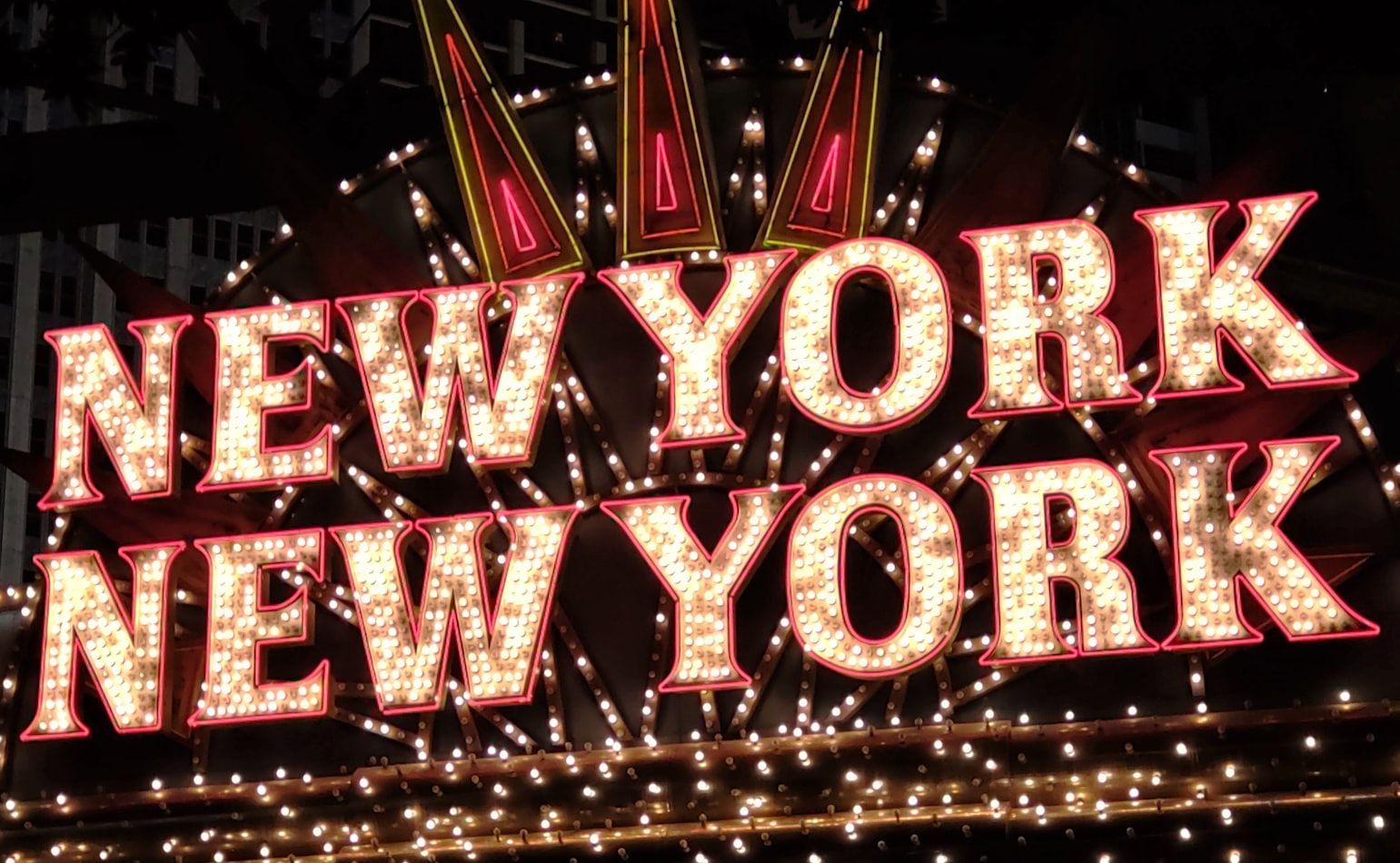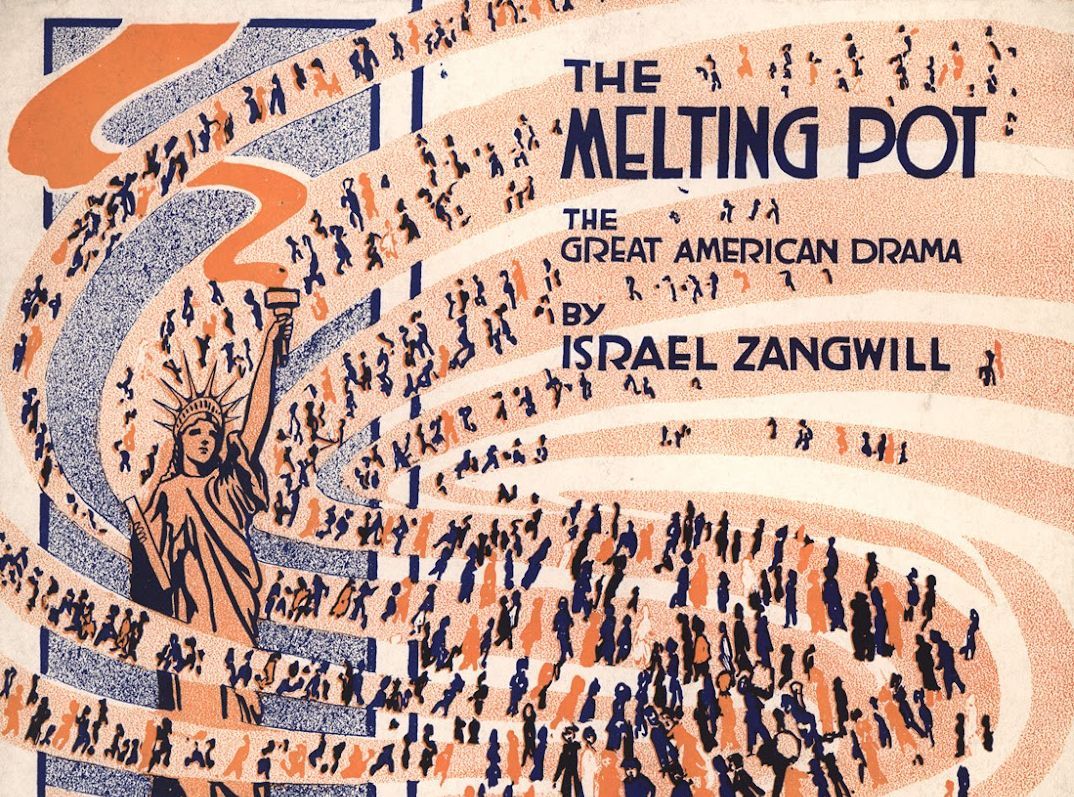What’s in a name?
Very few people know what New York City and ancient Rome have in common
Published on July 14, 2025
 Credit: Yucel Moran
Credit: Yucel Moran
New York City has so many monikers that one of them could very well be The City of Nicknames. Throughout its history, the most populous city in the United States has received different names, some of which refer to its political and cultural significance, while others were coined in an ironic or satirical way. Because there is a life beyond The Big Apple, in this article, we will uncover the history behind 10 New York nicknames you probably didn't know about. Are you ready?
The Big Apple
 Credit: Pixabay
Credit: Pixabay
This is probably the most widespread nickname for New York. Although it became popular in the 1970s as an advertising campaign to attract tourists, it actually emerged as early as the 1920s. It was coined by a sportswriter named John Joseph Fitz Gerald, who at the time worked for the New York Morning Telegraph.
The expression The Big Apple in relation to New York City was used for the first time in an article on horse racing. As it was later revealed, Fitz Gerald picked it up from the way New Orleans stable hands referred to the city. "Big Apple" was what the jockeys called turf money prizes, and the biggest prize they could aspire to was, of course, in NYC.
The Empire City
 Credit: Hen Kaznelson
Credit: Hen Kaznelson
The nickname The Empire City refers to New York State's moniker. But in turn, it is said to derive from a statement by one of our Founding Fathers. Supposedly, George Washington once said about the city: "Surely this is the seat of the empire!".
The first written reference appeared in 1836 in an Illinois newspaper, which stated: New York City is "the Rome of America, the Empire City of the New World."
The Five Boroughs
 Credit: Marc Kargel
Credit: Marc Kargel
In 1898, New York City was consolidated into five counties or boroughs: Manhattan, Brooklyn, Queens, Staten Island, and later the Bronx. So, it is not surprising that at some point in history, the nickname The Five Boroughs began to be used to refer to the city, especially when alluding to the entire metropolitan area and not just Manhattan, the city center.
The City That Never Sleeps
 Credit: Jon Tyson
Credit: Jon Tyson
Today, no one would doubt that New York is a city that never sleeps: it has a lively cultural life, you'll always find a place open for a bite to eat, and you can even take the subway 24 hours a day, seven days a week. But what you may not know is that this has always been the essence of the city.
At least since the 1880s, people referred to New York City as The City That Never Sleeps for its evening mail delivery, electric lighting, and its mythical nightlife. Yet, it was Frank Sinatra who canonized the moniker in the lyrics of the song "New York, New York".
The Capital of the World
 Credit: Liliana Drew
Credit: Liliana Drew
What do ancient Rome and the most populous city in the United States have in common? At some point in their history, the two cities were dubbed The Capital of the World. In a 1948 essay, author E. B. White, best known for his children's books, borrowed the expression Caput Mundi from the Roman poet Lucan to refer to New York City.
Here is New York is an ode to one of the most iconic places in the world and, according to The New Yorker, is one of the best pieces ever written about the ever-changing city.
The Center of the Universe
 Credit: NASA
Credit: NASA
In the same grandiloquent vein as The Capital of the World, The Center of the Universe is a nickname coined by Robert F. Wagner Jr., mayor of New York City between 1954 and 1965.
Perhaps the moniker is a bit of an exaggeration, but we must admit that NYC is a cosmopolitan and influential city where culture flourishes, finance thrives, and where some of the most important events in history have taken place.
The City So Nice They Named It Twice
 Credit: Alex Vegas
Credit: Alex Vegas
Yes, as you can imagine, this nickname is inspired by the many songs about the city with the title "New York, New York", one of which was popularized by Frank Sinatra.
The City So Nice They Named It Twice was first used in the late 1950s by musician Jon Hendricks. However, it was late-night talk show host David Letterman who made a version of this nickname famous in 1984.
The Melting Pot
 Credit: Public domain, via Wikimedia Commons
Credit: Public domain, via Wikimedia Commons
New York City is like a modern-day Tower of Babel. It is one of the most linguistically diverse places in the world, where all kinds of ethnicities and languages coexist —an estimated 700! Therefore, it is no coincidence that the city has been blessed with the nickname The Melting Pot, reflecting its great cultural diversity.
The term was used by several authors throughout history, including Henry James, but was ultimately popularized in 1908 by the play The Melting Pot by Israel Zangwill, which tells the story of a Jewish immigrant who escapes a Russian pogrom to rebuild his life in New York.
Gotham
 Credit: Naitian(Tony) Wang
Credit: Naitian(Tony) Wang
You may think New York City got the nickname Gotham from the DC comic Batman. But in reality, it was the other way around. The first person to link Gotham to the city was the American short story writer Washington Irving in 1807. In turn, the author was inspired by a medieval English proverb about a village called Gotham, meaning "Goat's Town".
This tale tells the story of the town’s residents, who, to avoid the king's reprisals, pretended to be fools. Of course, Irving used this negative connotation of the term to satirize NYC. When Gotham began to be associated with the Dark Knight in the 1940s, the nickname came to invoke not New York's foolish aspects but its darker side.
Metropolis
 Credit: Jon Tyson
Credit: Jon Tyson
In stark contrast to Batman's dark Gotham, Jerry Siegel and Joe Shuster, authors of Superman, created their Metropolis in reference to the city's cheerier face, that is, New York in the daytime. The main location of the comic book was first called Metropolis in 1939. The rest is history!












